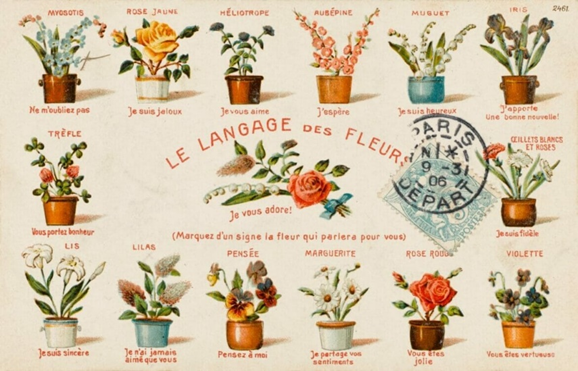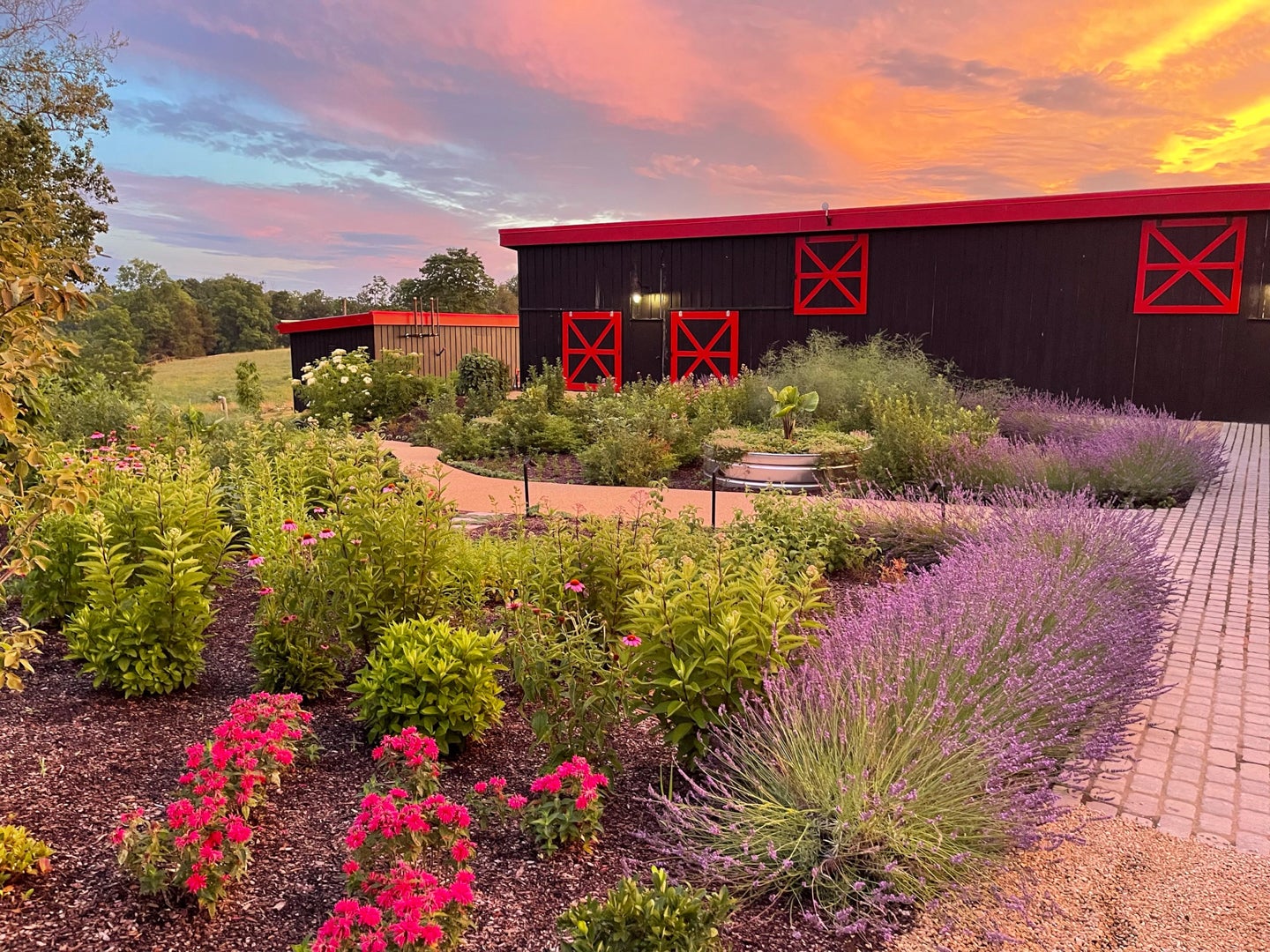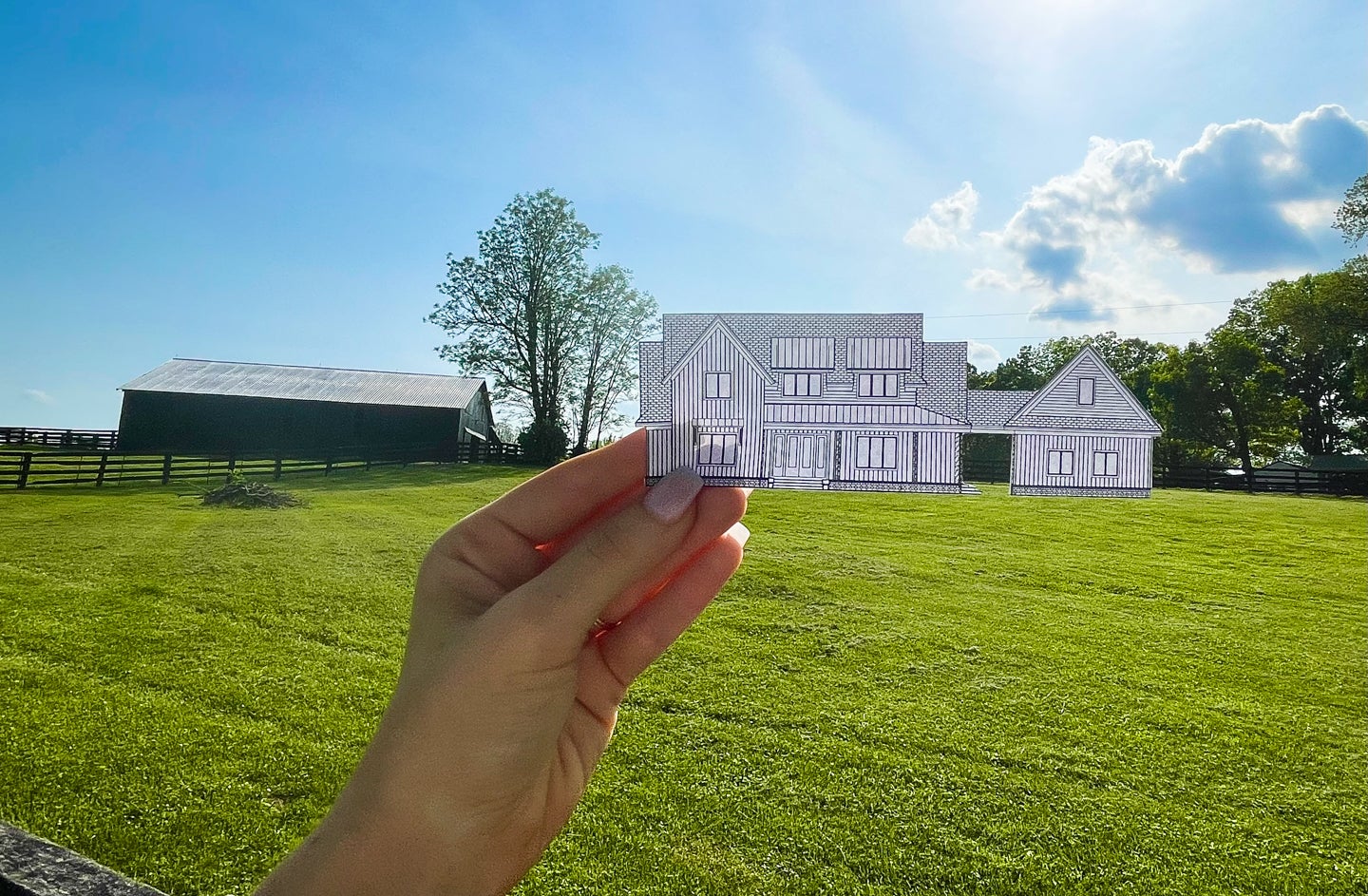By Jocelyne Waddle, The Garden Club of Frankfort
In the sun-dappled gardens of yesteryears, lovers and friends used to weave their emotions into blooms. Floriography — the silent language of flowers — was our clandestine art form. We whispered through blossoms, our fingertips brushing against delicate petals. A rosebud cradled the promise of forever, while a lily confessed devotion. The language was subtle, known only to those who dared to listen to the poetry of colors and the harmony of unfurling buds.
But, as the world hurtled toward modernity, our lexicon faded. Emails and texts replace the handwritten letter, and emojis dance where once posy rings adorned fingers.

Yet, if you pay close attention, you’ll hear echoes. For even as memes multiply, the language of flowers persists — a ghostly remnant where each petal held a promise, each stem a confession. The forget-me-nots still plead for remembrance, and the orange blossoms continue to speak of purity. Our digital images may be efficient, but they lack the soul of a daffodil or the ache of a withered rose.
Obviously, we continue to admire blooms for their beauty — their velvet petals, their sun-kissed hues — but their encoded meanings remain elusive. So where did this complex codification come to be and how can we bring some of its romance back into our inhuman technological world?
Fading echoes
• Ottoman origins: The tradition of floriography began in the Ottoman Empire during the 1600s. People knew it as “selam” and played it in the shadows of harems. Since many of the women couldn’t read or write, this silent language allowed them to communicate feelings, passions and even news. Selam spread to Europe in the early 1700s, when British aristocrat Lady Mary Wortley married the ambassador to Turkey and moved to Constantinople.
• Victorian obsession: At the start of the 1800s, the French became obsessed with using flowers to send coded messages. In 1819, Madame Charlotte de la Tour published the first floriography dictionary, “Le Langage des Fleurs.” The practice spread across Europe, and the language of flowers grew particularly popular in Victorian-era England when propriety and decorum held society in a tight grip, and overt expressions of certain feelings, especially romantic ones, were discouraged. As a result, people sought covert ways to convey their emotions, and what better way than through the silent eloquence of flowers?
The Lost Art
Floriography was no mere botanical curiosity, it was a clandestine art form. A rosebud tucked into a glove whispered, “I am worthy of your love.” A jasmine hidden in a bonnet, declared, “I am yours forever.” And a violet, demure, murmured “Let us keep our secrets.”
The Language of Blooms
Myrtle, with its verdant leaves, pledged eternal bonds — the sacred vow of marriage. And the lily of the valley, modest and reserved, hinted at a clandestine rendezvous — a return of happiness veiled in white.

But not all flowers danced to the rhythm of love. The daisy, its golden heart untouched by guile, stood as the sentinel of innocence. Yet, nearby, the red carnation blazed—a crimson flame of fiery desire, daring lovers to embrace their longing.
Ah, but the garden held secrets beyond passion’s bloom. For rejection wore petals too — jasmine, perhaps, with its bittersweet fragrance, or the wilted rose, once vibrant, now whispering of faded ardor. And color, ah yes, color wove its own symphony. Behold the carnation: scarlet, it sang of romantic love, while blush-pink softly spoke of motherly devotion. Ivory petals, like moonlight, bestowed prosperity, while yellow — the sun’s reproach — spoke of rejection.
When a suitor handed over a posy, the dance of hands revealed the truth. The right hand, softly expressed, a “yes,” while the left, demure and hesitant, murmured a “no.” And if the recipient dared to invert the bouquet, petals cascading downward, it was a silent refusal, a farewell to hushed hopes. Thus, in the language of blooms, hearts spoke without words.
A Revival Blossoms
Yet, hope stirs in the soil. Florists now offer “language of flowers” arrangements, and brides choose blooms that resonate with their love stories. Perhaps a forget-me-not for eternal devotion or an orange blossom for purity. The echoes of floriography resurface, urging us to listen anew.
Unfurling Petals
In the florist’s atelier, where fragrant secrets linger, the experts weave ancient whispers into their tapestries. Each bloom, a vessel of sentiment, cradles tales as delicate as dew-kissed mornings.
Yet beyond the floral designer’s realm, this dictionary of blooms spills into the wider canvas of existence. In literature, inked pages breathe with floral allegory. Art, too, wields petals as pigments, layering meaning upon meaning — a tattooed rose, crimson and eternal, etched upon skin.
Jewelry, delicate as moonlight, cradles gemstones that echo the language of flowers. A pendant of foxgloves, a ring adorned with orchids, each piece a talisman against the ephemeral.
And in our digital age, where pixels replace parchment, there blooms a hunger for deeper, more personal connections. Thus, floriography resurfaces, bridging the gap between old-world charm and modern desires.
Its petals unfurl, whispering tales of heroic deeds, unrequited love, and lovers reunited, as we seek solace in the language of blossoms.
The Lasting Power of Flowers
The language of flowers is a testament to human creativity and the depth of our emotions. It reminds us that even in silence, there are myriad ways to convey our feelings. By understanding the rich tapestry of meanings associated with different blooms, we can add layers of significance to our floral gifts.
After all, dear readers, let us linger in his reverie of blossoms. Perhaps, in this modern age, we possess the power to resurrect floriography and find solace against the fleeting winds of time.
May our texts carry the fragrance of jasmine, our emails echo with the laughter of daisies and our hearts beat in sync with the rhythm of nature. So, the next instance you’re looking to convey a message, whether it may be one of love, friendship, sorrow or joy, consider turning to the enduring language of flowers. It is, after all, the language of the soul whispered in blooms.











